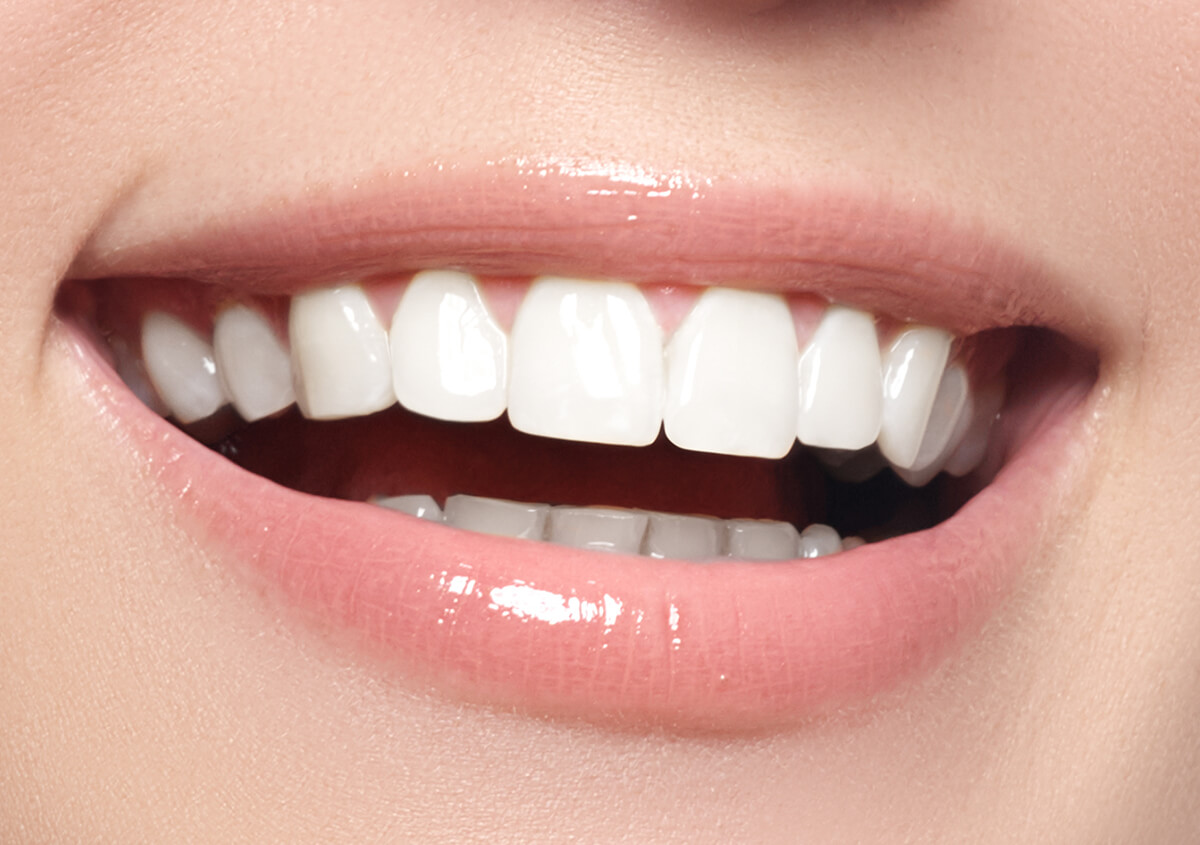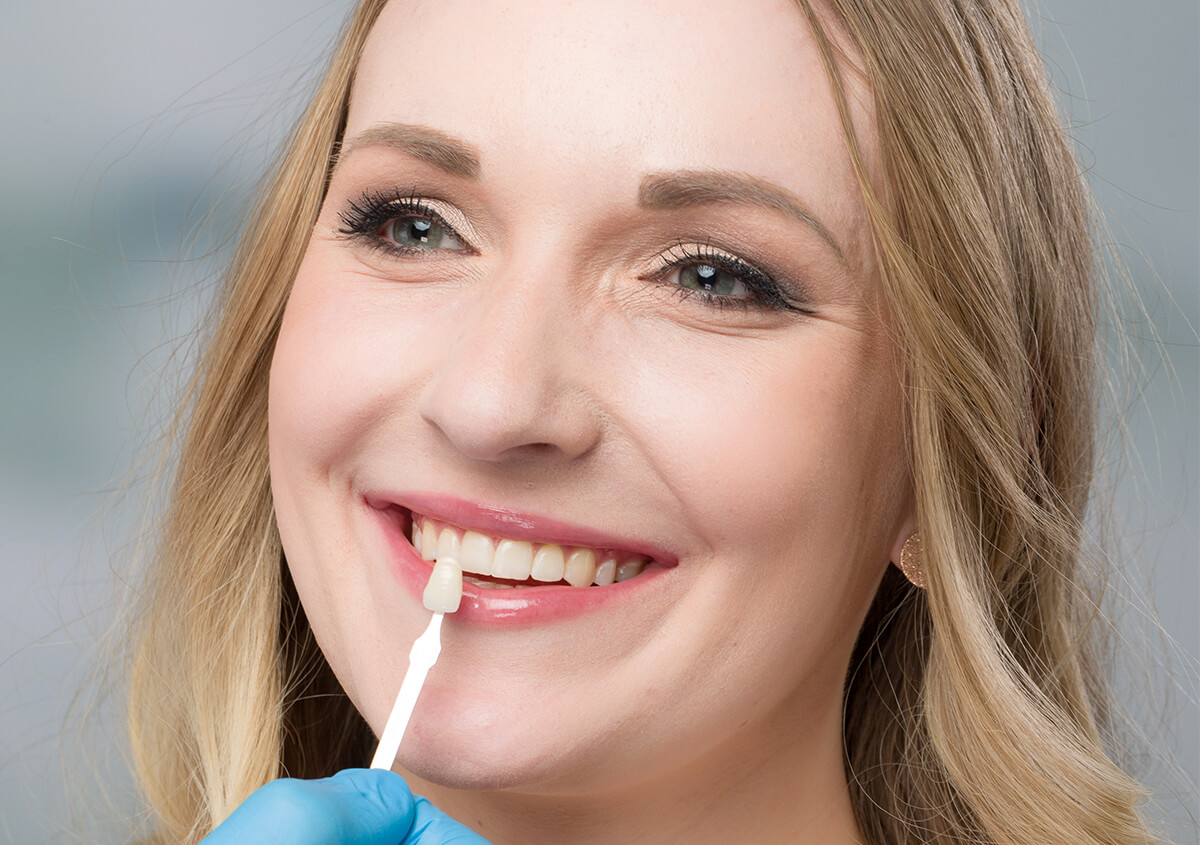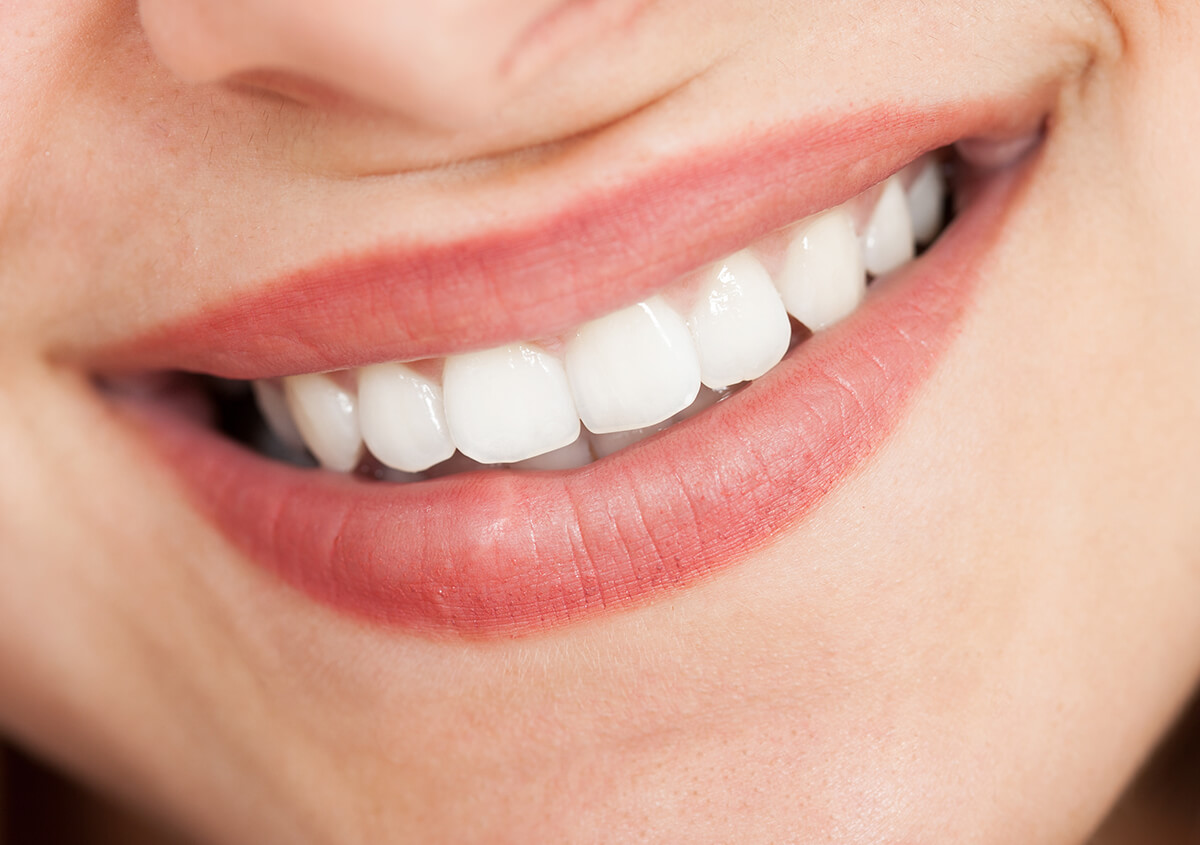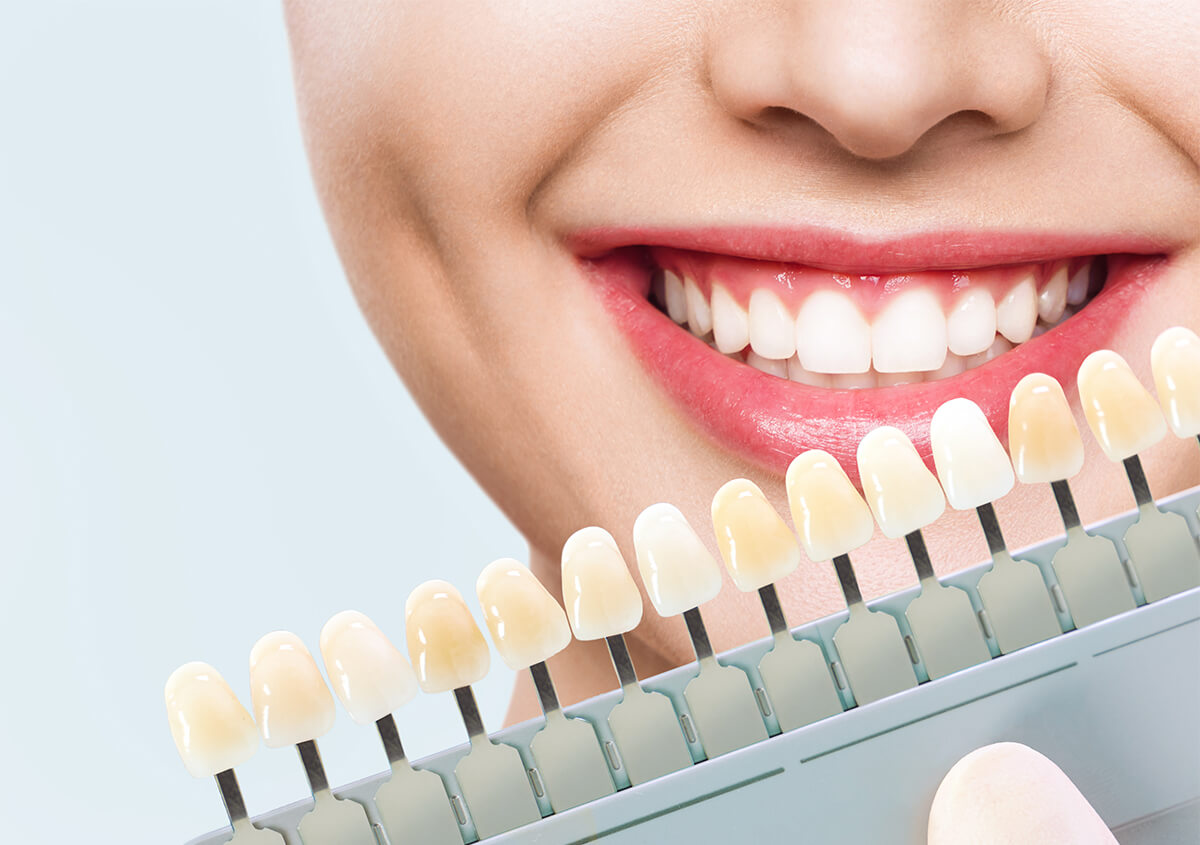Porcelain veneers make-over for gapped, chipped, stubbornly stained, and otherwise “imperfect” teeth
At Montclair Dental Care in Oakland, California, we appreciate that your teeth are an excellent foundation for a stunning smile. Cosmetic treatments, such as porcelain veneers, build upon what “nature intended” and what you’ve already got. So, veneers and other services that fall under the “cosmetic dentistry” category must be administered to healthy teeth and gums.
Suppose our dentist, Dr. Kenneth L. Childers, finds that you have existing tooth decay or gum disease. In that case, he will recommend restorative therapies ranging from dental fillings and crowns to nonsurgical “deep cleaning” or scaling and root planing. Existing health conditions must be resolved before moving forward with any elective treatments designed solely to boost the smile’s appearance. And porcelain veneers are a sought-after way to increase a patient’s smile appeal! They are often the “secret” behind famous faces’ flawless smiles.
Veneers, in a nutshell
Porcelain (indirect) veneers are thin shells of dental porcelain. The porcelain is precisely designed and color-matched to replicate natural, flawless tooth enamel. Once the veneer is made, it is affixed securely to the front surfaces of the tooth. The process of placing and bonding the veneer to the tooth, in effect, disguises cosmetic imperfections. These imperfections include:
- Chipped teeth
- Small fractures or cracks
- Gaps between teeth
- Darkly discolored or deeply stained teeth, which resists professional whitening
- An overly short tooth that has sustained considerable wear
- Shape-related irregularities, which detract from a balanced and uniform-looking smile
Dental porcelain is considered to be the “gold standard” in cosmetic tooth materials. Porcelain is celebrated for how well it mimics the appearance of natural tooth enamel. It is as beautiful as it is strong; with proper care, porcelain veneers can last a lifetime. Porcelain also doesn’t stain like other dental materials.
Considerations
As noted, some patients may be better candidates for restorative treatments; for instance, dental fillings and crowns restore both the shape and structure and the appearance of a damaged tooth. Orthodontic treatments may best serve patients with an overbite, underbite, or other bite-related problems. Likewise, a more conservative option for patients with yellow teeth and stains may be professional whitening methods.

Veneers are thin handcrafted porcelain shields worn on the front of the tooth which improve the appearance of teeth that are chipped, cracked, stained or worn. Veneers are thin as contact lenses, and are an aesthetically pleasing option of closing gaps, lengthening teeth, and providing symmetry to make your smile more natural. Veneers are intended to last for many years without changing color. They are one of the most popular cosmetic procedures in dentistry. Ask your dentist if veneers may be right for you.
Those patients whose needs are limited to the cosmetic may also be good candidates for dental bonding. Veneers are usually completed in two visits. As an indirect treatment, the veneer is fabricated outside of the mouth in a lab. Once the veneer is completed, the patient returns to the office for a second visit. The veneer is then secured or bonded to the front surface of the prepared tooth. “Prepared” refers to Dr. Childers removing a small amount of tooth enamel to assure the veneer fits well. Proper fit is critical to the tooth’s natural appearance, its normal feel in the mouth, and long-term function and health. Modern veneers are so thin that very little of the natural tooth must be removed to achieve an exceptional fit and all the benefits that come with that.
Alternatively, bonding can be completed in one visit. A “direct” treatment, the composite resin is color-matched and otherwise prepared to cover up the same types of imperfections that indirect porcelain veneers disguise. The resin is applied directly to the tooth, and your dentist then shapes it to correct your cosmetic concerns, be it gaps or chipped teeth. The resin is then bonded securely to the tooth. Unlike veneers, bonding does not require any removal of enamel. As such, sensitivity is avoided. Treatment is generally quick, cost-effective, reversible, and tooth-preserving. With that being said, composite resin can largely stain and is not as natural-looking and as durable as dental porcelain.
Regardless of the best option, Dr. Childers works closely with patients to assure long-term health and satisfaction with their improved teeth. It is crucial to refrain from or address habits that can lead to early failures or damage. These include chewing ice or fingernails and chronic teeth-grinding (bruxism). Bruxers may be appropriate candidates for preventive services, such as nightguards, to protect dental work from breakage. Call (510) 328-7792 to schedule an appointment and get one big step closer to your dream smile.








